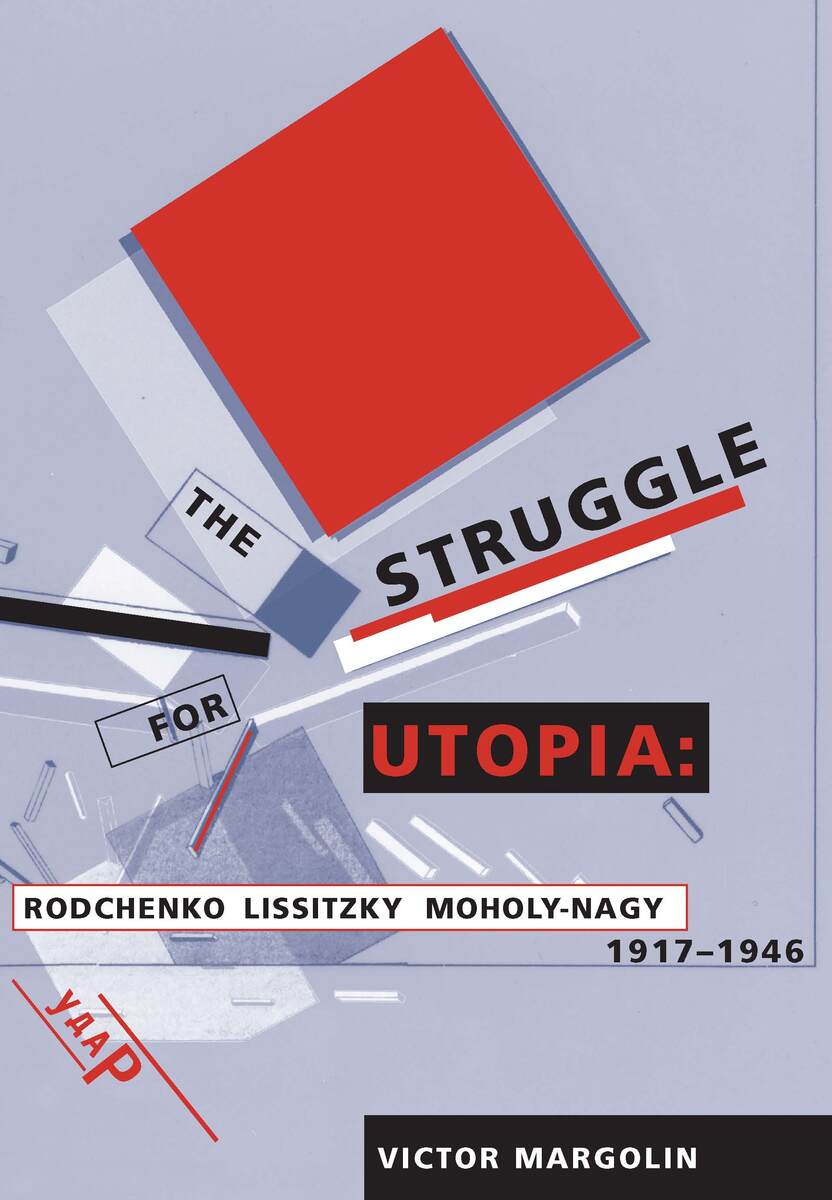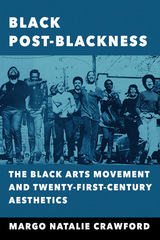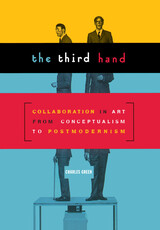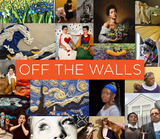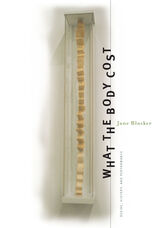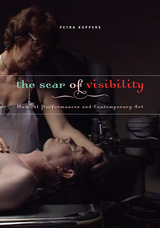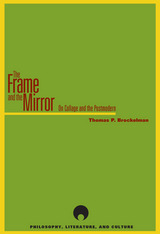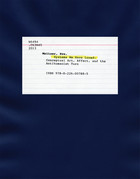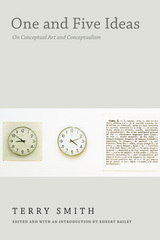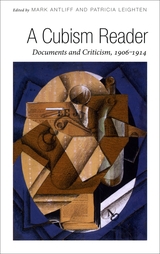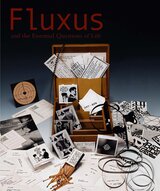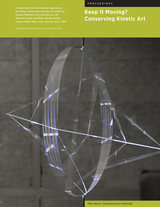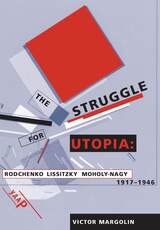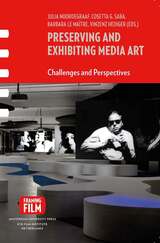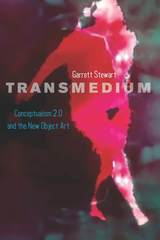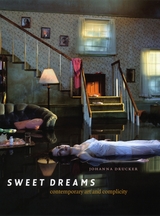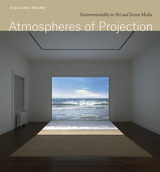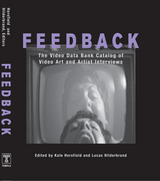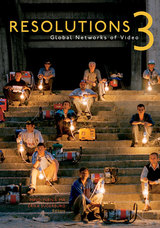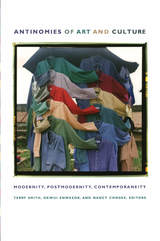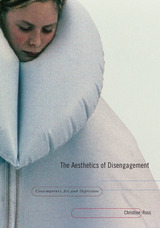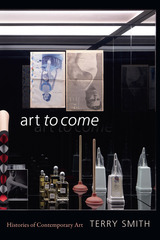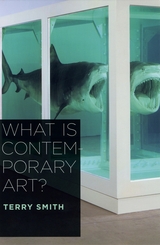The Struggle for Utopia: Rodchenko, Lissitzky, Moholy-Nagy, 1917-1946
University of Chicago Press, 1997
Paper: 978-0-226-50516-9 | Cloth: 978-0-226-50515-2
Library of Congress Classification N6494.M64M36 1997
Dewey Decimal Classification 709.041
Paper: 978-0-226-50516-9 | Cloth: 978-0-226-50515-2
Library of Congress Classification N6494.M64M36 1997
Dewey Decimal Classification 709.041
ABOUT THIS BOOK | TOC | REQUEST ACCESSIBLE FILE
ABOUT THIS BOOK
Following World War I, a new artistic-social avant-garde emerged with the ambition to engage the artist in the building of social life. Through close readings of the works of Alexander Rodchenko, El Lissitzky, and László Moholy-Nagy whose careers covered a broad range of artistic practices and political situations, Victor Margolin examines the way these three artists negotiated the changing relations between their social ideals and the political realities they confronted. Focusing on the difficult relationship between art and social change, Margolin brings important new insights to the understanding of the avant-garde's role in a period of great political complexity.
"An ambitious effort. This book puts the masters of European Modernism into perfect focus as inventors, propagators, and practitioners of a visual language that continues to hold sway over contemporary graphic style."—Steven Heller
"Worth the wait. . . . Margolin usefully presents what he calls the 'failed hope' of this movement in this valuable effort."—Publishers Weekly
"An ambitious effort. This book puts the masters of European Modernism into perfect focus as inventors, propagators, and practitioners of a visual language that continues to hold sway over contemporary graphic style."—Steven Heller
"Worth the wait. . . . Margolin usefully presents what he calls the 'failed hope' of this movement in this valuable effort."—Publishers Weekly
See other books on: 1891-1956 | Art and society | Avant-garde (Aesthetics) | Margolin, Victor | Modernism (Art)
See other titles from University of Chicago Press
